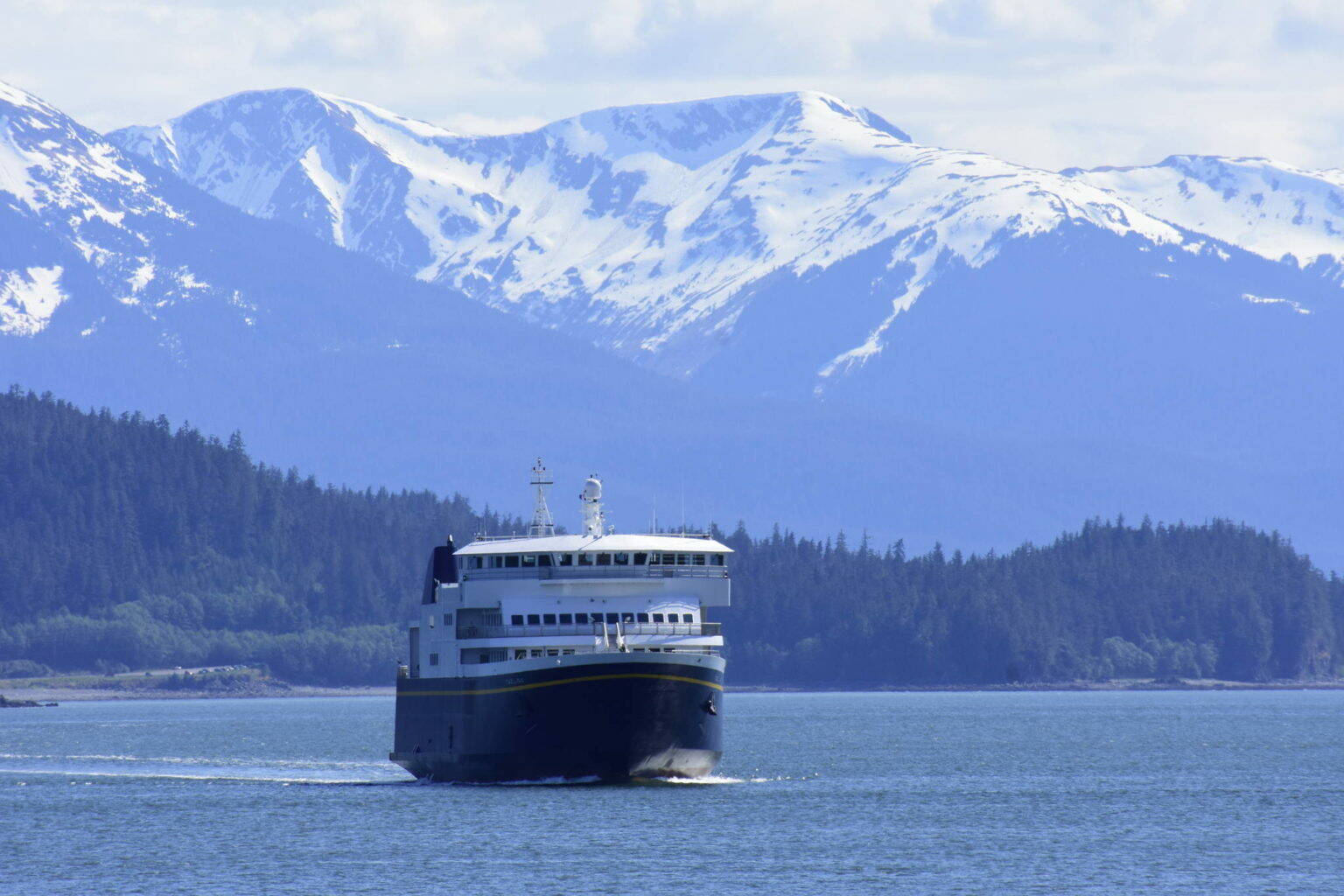The ailing Alaska Marine Highway System has been given a lifeline by the federal government, but keeping the workforce needed to run the system continues to be an issue for the state.
Representatives from the three unions whose workers run the ferries told lawmakers Thursday the state was losing well-qualified mariners to other states and private businesses. Maritime jobs require extensive training and certification, said Shannon Adamson with the International Organization of Masters, Mates and Pilots, in a presentation to the House Transportation Committee.
“Qualified mariners (are) a financial investment,” Adamson said. “They’re finding better jobs in other places and we’re losing those investments.
The Washington State Ferry and the private Black Ball Ferry Line that runs a single route between Washington and Vancouver Island, British Columbia, have similar qualification requirements and better pay, Adamson said. AMHS has a more desirable two-weeks-on, two-weeks-off schedule, Adamson said, but Washington’s ferries can offer significantly more pay and Black Ball can offer almost double.
Entry-level unlicensed workers on AMHS can expect to make between $18-22, Adamson said.
Qualifications for the highest-level jobs aboard AMHS vessels — chief engineers and masters — can take up to 10 years to obtain, Adamson said. Adamson noted that AMHS doesn’t assist workers financially in obtaining qualifications or training. Some qualifications require mariners to have traveled certain routes and demonstrated familiarity with local waters, Adamson said, and with Alaska’s size and limited ferry schedule, there can be a long time between required trips.
Even for the unlicensed crew, Adamson said, entry-level jobs can come with Coast Guard safety requirements that cost money to obtain.
[Engineers give Alaska’s infrastructure a C-]
The system’s ridership has declined for years and maintenance costs of the aging fleet have risen.In 2019, Gov. Mike Dunleavy made deep cuts to the system, threatening its future. The cuts faced significant public backlash, and the governor has since changed tack to support efforts to reform the system. Dunleavy signed a bill into law last year creating the Alaska Marine Highway Operations Board which held its first meeting earlier this month.
The board is the latest of many efforts to reform AMHS and is tasked with bringing forward recommendations on how to better run the system. Board members are to draft both short and long-term plans for the management of the system as the lack of long-term planning was frequently cited as a critical weakness for AMHS. However, the board’s recommendations are not binding.
Dunleavy budgeted federal relief dollars to keep the ferries running and Alaska’s congressional delegation has promised the recent infrastructure law will bring funds to revitalize the system. More immediately, the infrastructure law contained a provision allowing the state to use federal highway money to keep the boats running.
But job vacancies for the Inland Boatman’s Union of the Pacific — the union representing unlicensed workers — are high, according to the union’s regional director Earling Walli. Ferries in Alaska don’t run as frequently in the winter and budget cuts have made those sailings even more infrequent leading mariners to look for jobs elsewhere, Walli said.
As with other industries, Walli said the COVID-19 pandemic caused disruption in the workforce and the maritime industry nationwide is wanting for workers.
According to Adamson, AMHS currently has 303 unlicensed crew members, 78 members of the Masters, Mates and Pilots and 58 members of the Marine Engineers’ Beneficial Association. Vacancy numbers are lower for MEBA and MMP, Adamson said, but there aren’t enough mariners in the state to maintain the optimal amount of releif workers. Retention across all three unions has declined since 2015, Adamson said, most significantly the MEBA which went from 104 members in 2015 to 55 in 2022.
Adamson suggested the state take certain measures to help with hiring and job retention, such as revising the minimum qualifications, working crew members year-round and creating a training fund to help pay for qualifications.
• Contact reporter Peter Segall at psegall@juneauempire.com. Follow him on Twitter at @SegallJnuEmpire.

